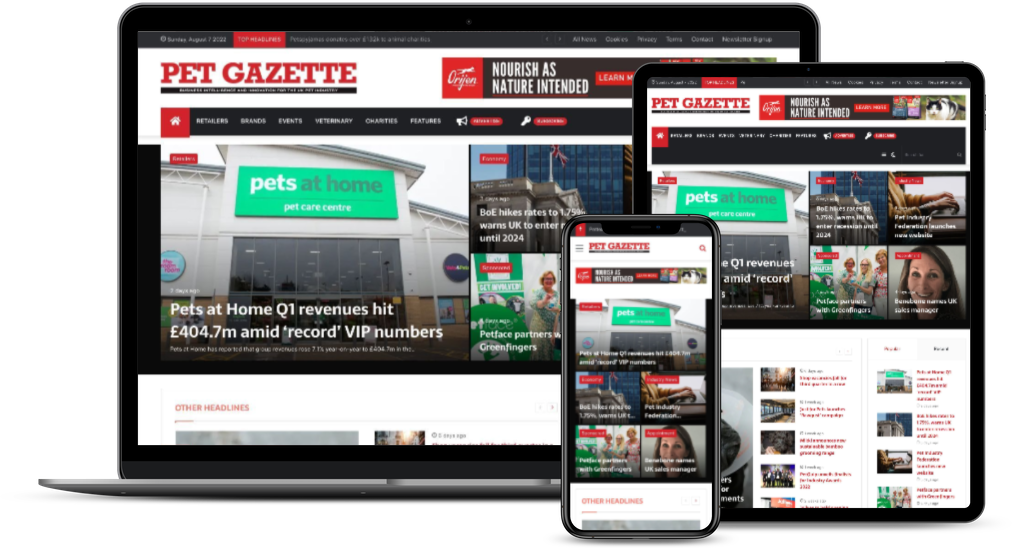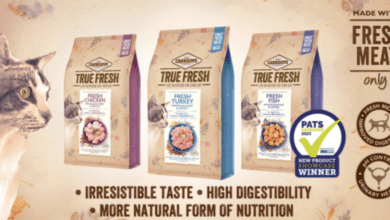Looking at the leopard gecko and its correct housing

Over the past two issues we have taken a rather in-depth look at the wonderful and commonly kept leopard gecko Eublepharis Macularius. We have explored the animal within its wild environment, the most commonly kept species along with its related subspecies, its usual daily activities, the truth surrounding its natural diet, the levels of energy that surround and provide for it, and also its rather complex and highly patriarchal social hierarchy.







